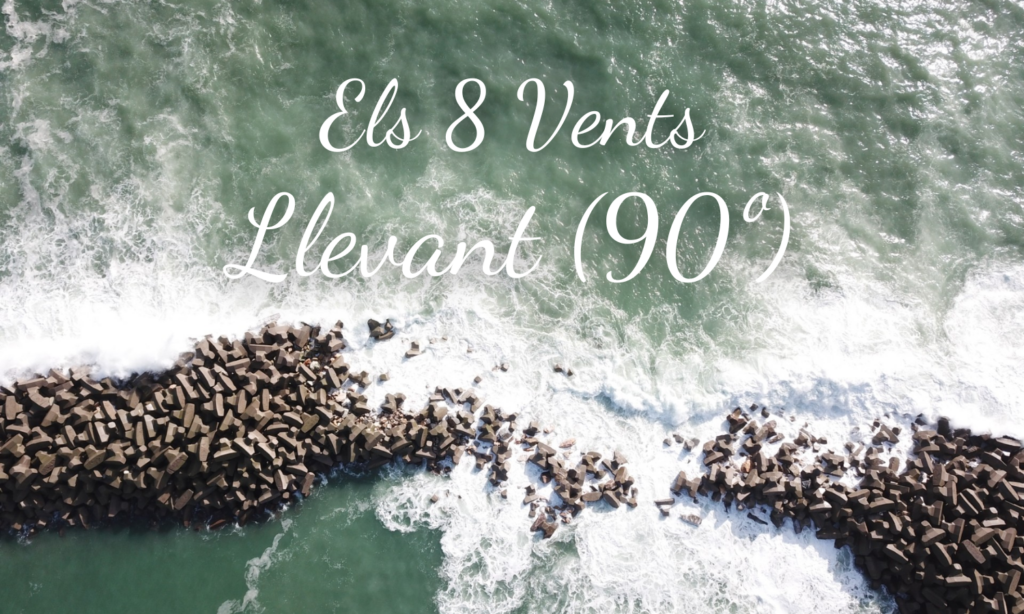Reading: 2 min 40s
The “Llevant” wind is a warm and dry wind that blows from the east across the Mediterranean Sea. It is particularly well-known in southern Spain, especially in the Strait of Gibraltar, the Andalusian coast, and the Balearic Islands. Its name derives from the term “Levante”, meaning “east” or “where the sun rises,” referring to the direction from which it blows.
This wind typically forms when high pressure dominates the western Mediterranean and low pressure settles over southwestern Gibraltar or Morocco. In the Strait of Gibraltar, the Levante can intensify due to the funneling effect created by the mountains, leading to strong winds and challenging navigation conditions.

During the winter, the Levante winds can be particularly strong, with gusts reaching gale force, causing high waves and making it difficult for vessels to enter the Mediterranean from the Atlantic. In 2022, during the storm known as GLORIA, it caused unprecedented damage to Marina Palamós, where the breakwater collapsed in its overflow section.
Significant wave heights exceeding 6 meters with periods of 11 and 12 seconds battered the breakwater for over two consecutive days, causing severe destruction.
Another curiosity about the Levante is its characteristic cloud, called the “Levante cloud” which forms over the Rock of Gibraltar and can extend westward. This cloud, which appears like a flag or plume, is a distinctive sign that the Levante wind is blowing, signaling to sailors the presence of complex weather conditions in the region.
In the western Mediterranean, particularly along the coasts of Catalonia, the Valencian Community, and the Balearic Islands, the Levante can bring heat and humidity in the summer, creating a stifling sensation. At other times of the year, it is associated with more unstable conditions and, occasionally, rain.
This wind, especially in southern Spain, has had a considerable cultural impact and has been depicted in various forms of artistic expression. In Andalusia, it is said to be an “enchanted” or “bewitched” wind, carrying an unusual and sometimes dangerous energy capable of altering people’s minds. In fact, the inhabitants of Cádiz believe that when the Levante blows strongly for several days, people’s behavior changes: they may become irritable, nervous, or even aggressive. Legend attributes this phenomenon to an ancient spell or the influence of supernatural beings.
The artist and writer José Ortega y Gasset, for instance, described the Levante as a force of great impact on daily life, an invisible power that affects people’s behavior and day-to-day activities.
In visual arts, depictions of the Levante wind appear in watercolors, where the movement of clouds and waves caused by this wind can be observed in Mediterranean landscapes. For example, in the works of Joaquín Sorolla, many of his watercolors and oil paintings capture the dynamism of the Levantine and Andalusian coasts, with waves and atmospheres evoking the influence of this wind.
One particularly inspiring work might be “Paseo a orillas del mar” (Strolling Along the Seashore) or some of his scenes of Valencia’s beaches, where the wind moves fabrics and waves.








